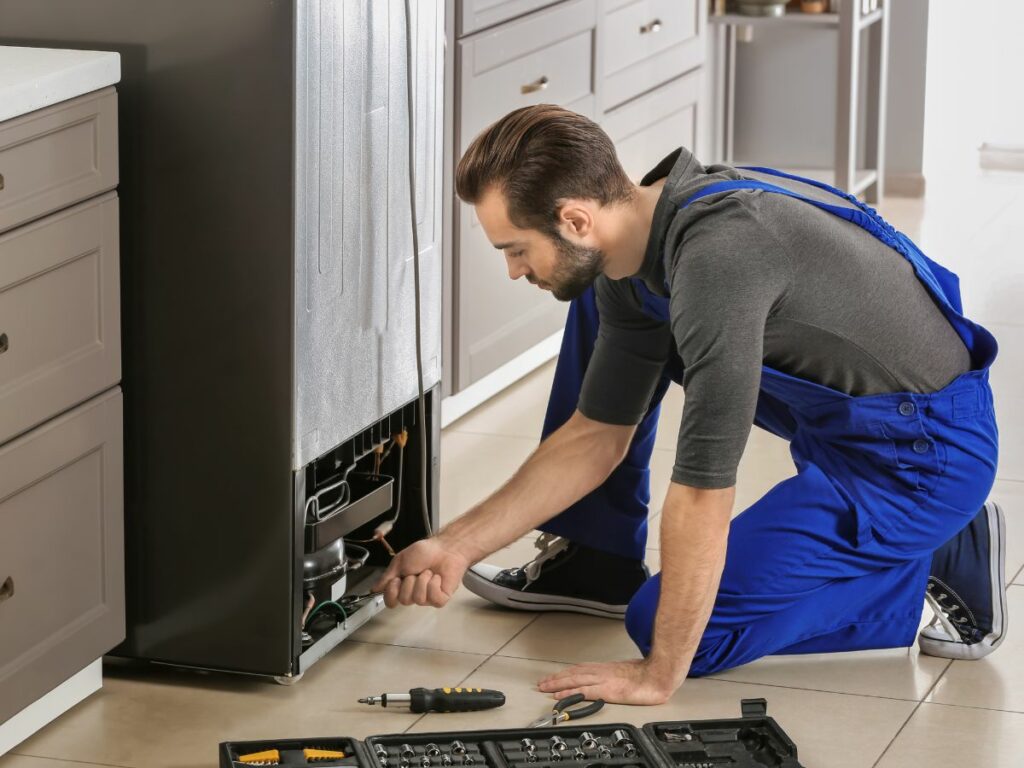
Get your fridge degassed with us!
Are you tired of throwing away spoiled food because your fridge isn’t keeping it fresh? Regassing your fridge might be the solution you’ve been looking for. In this blog post, we’ll explore the importance of regassing and how it can extend the lifespan of your food. Say goodbye to wasted groceries and hello to a more efficient refrigerator. Let’s dive in!
Book a Repair Now
Call us: 031 562 0666
Email us: admin@smartappliance.co.za
How to Refill Gas in Your Refrigerator (IMPORTANT: For Qualified Technicians Only)
Safety First: Refrigerant is potentially hazardous. Before starting, ensure you have proper safety gear (gloves, goggles, long sleeves, ventilation). Familiarize yourself with the specific refrigerant your refrigerator uses and its safety guidelines.
Identify the Refrigerant Leak: Before refilling, find and fix the leak that caused the refrigerant loss. This may involve specialized tools and expertise.
Gather Your Supplies: You’ll need:
- The correct type and amount of refrigerant (refer to the refrigerator’s manual)
- A refrigerant charging kit with gauges and hoses
- Bullet-piercing valve
- Brazing equipment
- Vacuum pump
Install the Bullet-Piercing Valve: Locate the low-side suction line of your refrigerator. Carefully install the bullet-piercing valve according to its instructions.
Evacuate the System: Attach the vacuum pump to your charging kit and connect to the refrigerator. Evacuate the system, removing all air and moisture to prevent contamination.
Connect the Refrigerant: Attach your refrigerant tank to the charging kit, ensuring all connections are tight.
Charge the Refrigerator Carefully: Open the valves slowly and monitor the gauges closely. Charge the refrigerator with the manufacturer’s recommended amount of refrigerant. Do not overcharge!
Seal and Test: Once charged, remove the charging kit and braze the bullet-piercing valve closed to seal the system. Perform a thorough leak test.
Run the Refrigerator: Turn on the refrigerator and monitor for proper operation. Temperature should drop and the system should run as designed.
Important Reminders
- Refrigerant handling requires specialized training and certifications in many areas.
- Improper refrigerant handling can damage your refrigerator, create health hazards, and harm the environment.
- If you are unsure about any step, it’s always best to call a qualified HVAC technician.

